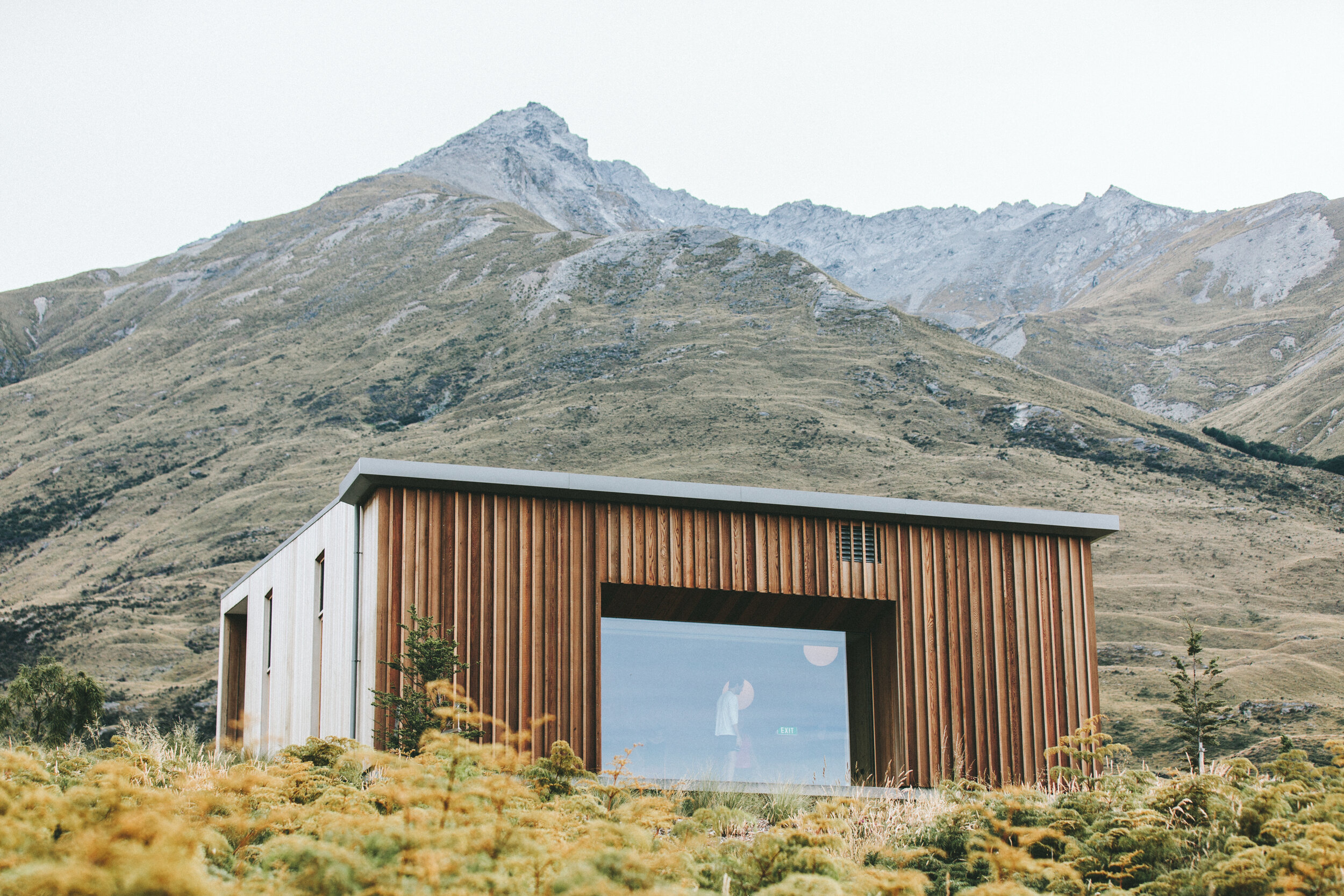
Vision Therapy Programs
Your vision therapy program may include exercises that address the following:
-

Oculomotor Skills
These skills are very important for keeping track of your place while reading, participating in sports, driving, etc.
These skills allow you to :
a) keep your visual attention fixated on a target
b) jump your eyes quickly and accurately from one thing to another, without always needing to move your head
c) smoothly follow a moving target
-

Accommodation
This skill can be compared to focusing the lens of a camera, as it allows you to quickly and comfortably change your focus between near and far, which is very important for school, work, driving, navigating stores, etc.
When we have reduced flexibility or stamina in this skill, we often notice blurry vision (either at distance or near), which may clear after a few seconds (aka it was just delayed) or may stay blurred after prolonged periods of time.
-

Vergence
This skill is also involved in changing your focus between near and far, but focuses on how your eyes align to do this — turning in towards your nose to look close and turning out to look far.
When one has reduced flexibility or stamina with this skill, one may notice diplopia (double vision) at either near or far, which may clear after a few seconds (aka it was just delayed), or may stay double until you change tasks.
-

Central-Peripheral Vision Integration
There is a time and place for tunnel vision, but it’s not something we want to be doing all the time. Being able to comfortably keep your central visual focus on something while still being aware of your surroundings is very important for sports, driving, reading, multi-tasking (think walking and texting for example), etc.
Working on attaining a better balance in your central and peripheral visual awareness will help you navigate the world with more efficiency and ease.
-

Suppression Awareness + Control
This is something that we often work on with people that have amblyopia and/or strabismus, but we also see it post-concussion occasionally. Suppression is our visual system’s way of reducing visual confusion, and can be constant or occasional. Your vision therapist will work through exercises with you to help:
a) bring awareness to when it is happening
b) help you figure out how to lift that suppression once you have noticed it’s onset.
-

Visual Perceptual Skills
The visual perceptual skills we can work on are:
a) Visual Discrimination
b) Visual Memory
c) Visual Sequential Memory
d) Visual Form Constancy
e) Visual Closure
f) Figure-Ground
g) Laterality and Directionality
h) Spatial Localization
i) Eye-Hand Coordination
These skills can be focused on individually or incorporated as additional cognitive load for exercises that are also targeting other areas of vision.
-

Primitive Reflexes
There are 6 primitive reflexes that we may test for that have a direct link to your visual system:
1) Tonic Labyrinthine Reflex
2) Asymmetrical Tonic Neck Reflex
3) Symmetrical Tonic Neck Reflex
4) Spinal Galant Reflex
5) Moro Reflex
6) Palmar Reflex
Should your therapist test for these reflexes and find a positive result, exercises will be provided to help re-integrate the reflexes accordingly. These exercises are movement based.
-

Syntonics
Syntonics, otherwise referred to as Optometric Phototherapy, is the utilization of specific wavelengths of light to help balance your nervous system and visual system.
Brighter, lighter colours (reds, yellows) tend to stimulate the sympathetic nervous system (fight or flight) and can be quite helpful in stimulating the visual system too.
Greens tend to be a neutral balancing point, between sympathetic and parasympathetic systems, and can have either a calming or stimulating effect on the visual system.
Darker colours (blues, purples) tend to stimulate the parasympathetic nervous system (rest and digest) and can be quite helpful in calming/providing relief of visual symptoms.
Should this prove to be a useful tool for your vision therapy program, your vision therapist will perform an assessment to pinpoint the right colour for you.

